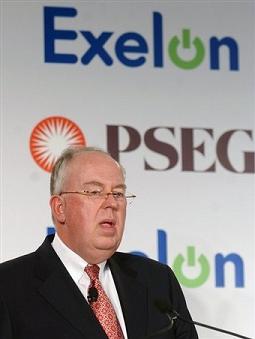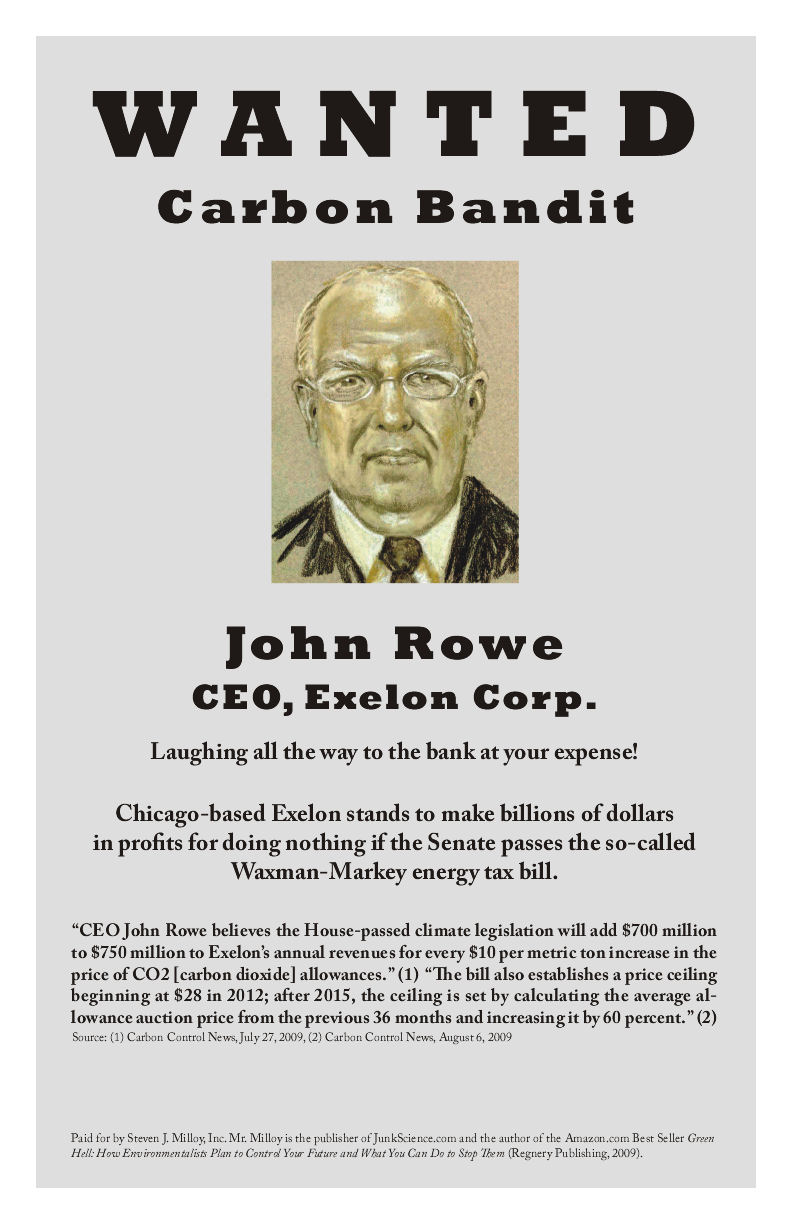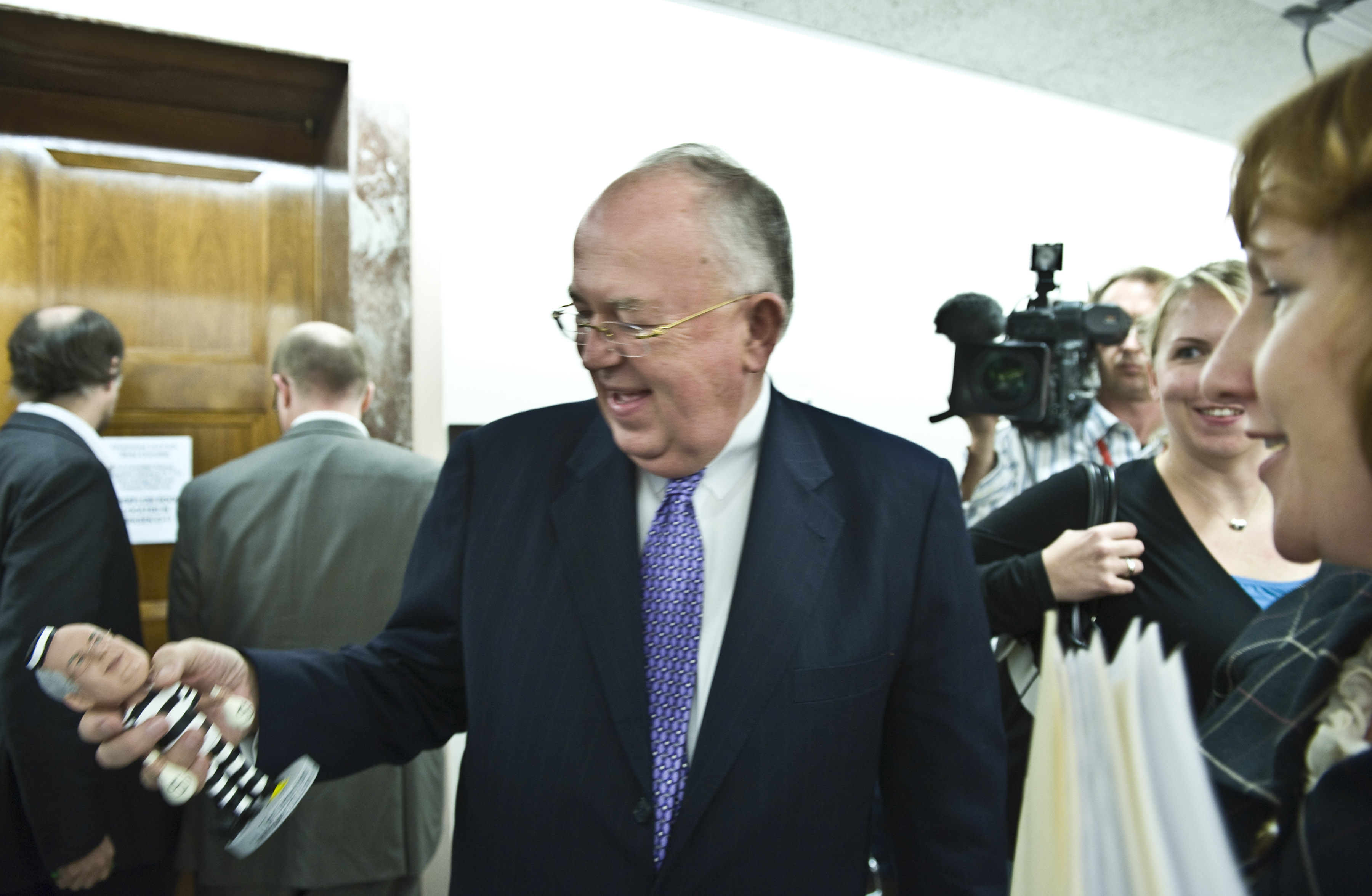Washington Post Ombdsman Andrew Alexander responded in his weekly column to our posting last week (“Juliet Eilperin and the Saudia Arabia of Bias“) about reporter Eilperin’s conflict of interest — her husband works on global warming for the alarmist activist group Center for American Progress.
On one hand, we’re glad to see Alexander discuss the issue in his column and actually quote us, albeit anonymously — our statement, “Wouldn’t it be nice if every activist group owned its own Washington Post reporter?”, was attributed to “one [blogger].”
On the other hand, Alexander failed to explain precisely the nature of Eilperin’s journalistic sin. The problem is not simply that she is married to a global warming activist; the problem is that her articles are demonstrably biased. Post readers missed this distinction because Alexander neither gave examples (as we did) nor identified our blog, which raised the issue in the first place.
Alexander allowed Eilperin to get away with claiming that a “church-state separation” exists where her and her husband’s work overlaps. You mean, he works on climate for a major activist group and she reports on climate for a major newspaper — and they never talk about the subject? Is this realistic? Does Alexander respect the intelligence of his readers?
In any event, shouldn’t the self-proclaimed flagship paper in the world’s most powerful city hold itself to a higher standard than such self-policing? How about the standard to which Caesar supposedly held his wife, i.e., avoiding even the appearance of impropriety. Is Eilperin the only Post reporter who can use “carbon dioxide” in a sentence?
Alexander also excused Eilperin with the fact that she covered climate before she married her now-activist hubby. According to Alexander’s logic, then, since Eilperin’s reporting has always been biased, her marriage to an activist is not really relevant. We disagree. Eilperin’s marriage to an activist makes unbiased reporting from her even less likely.
Alexander then resorts to the old Washington trick of citing a “conservative” to let Eilperin off the hook. American Spectator and Washington Times‘ editorial writer Quin Hillyer “believes [Eilperin] to be ‘a very hard working journalist who tries very hard to be fair,'” wrote Alexander.
But Hillyer’s “belief” about Eilperin’s “trying hard” is as ridiculous as it is biased itself. First, Hillyer’s evidence of Eilperin’s absence of bias is her 2008 article about ethanol’s greenhouse gas emissions.
But this example only reveals Hillyer’s own unfamiliarity about ethanol and the greens, who only ever supported ethanol to mobilize farmers on the climate issue. When farmers served their purpose, the greens switched and began to oppose biofuels. The purpose of the exercise, as is often the case with green activism, was to play interests off each other and to cause public policy/economic/energy chaos that requires government intervention.
Next, Hillyer has a personal soft spot for Eilperin because, when he worked for Rep. Bob Livingston and she wrote for Roll Call, Eilperin “was always willing to listen.”
Gag us with the Sunday insert.
Comically, Alexander concludes,
It’s a close call, but I think she should stay on the beat. With her work now getting special scrutiny, it will become clear if the conflict is real.
What “close call”? Alexander’s article also excused three other Post reporters who have conflicts of interest. Maybe he meant to say, “It’s no contest” instead.
And what “special scrutiny” is he talking about? Her conflict is glaring and the Ombudsman just publicly excused her.
I’m not even sure that Alexander understands what journalistic bias is or how it can manifest itself.
In excusing Post editorial writer Ruth Marcus, who is married to the Chairman of the Federal Trade Commission, Alexander wrote,
… she recuses herself from discussions involving FTC matters and doesn’t write about them.
Of course, not writing about the FTC — i.e., self-editing — is also a form of bias. And then there’s the larger issue of her husband being appointed to a political position by President Obama. Forget about the FTC, would Ruth Marcus ever dare criticize any part of the Obama administration?
Alexander is no doubt familiar with “buy-us” at the Post — remember the “salons” with Post reporters that were up for sale at $25,000 a pop? But he seems to need a tutorial on “bias.”




